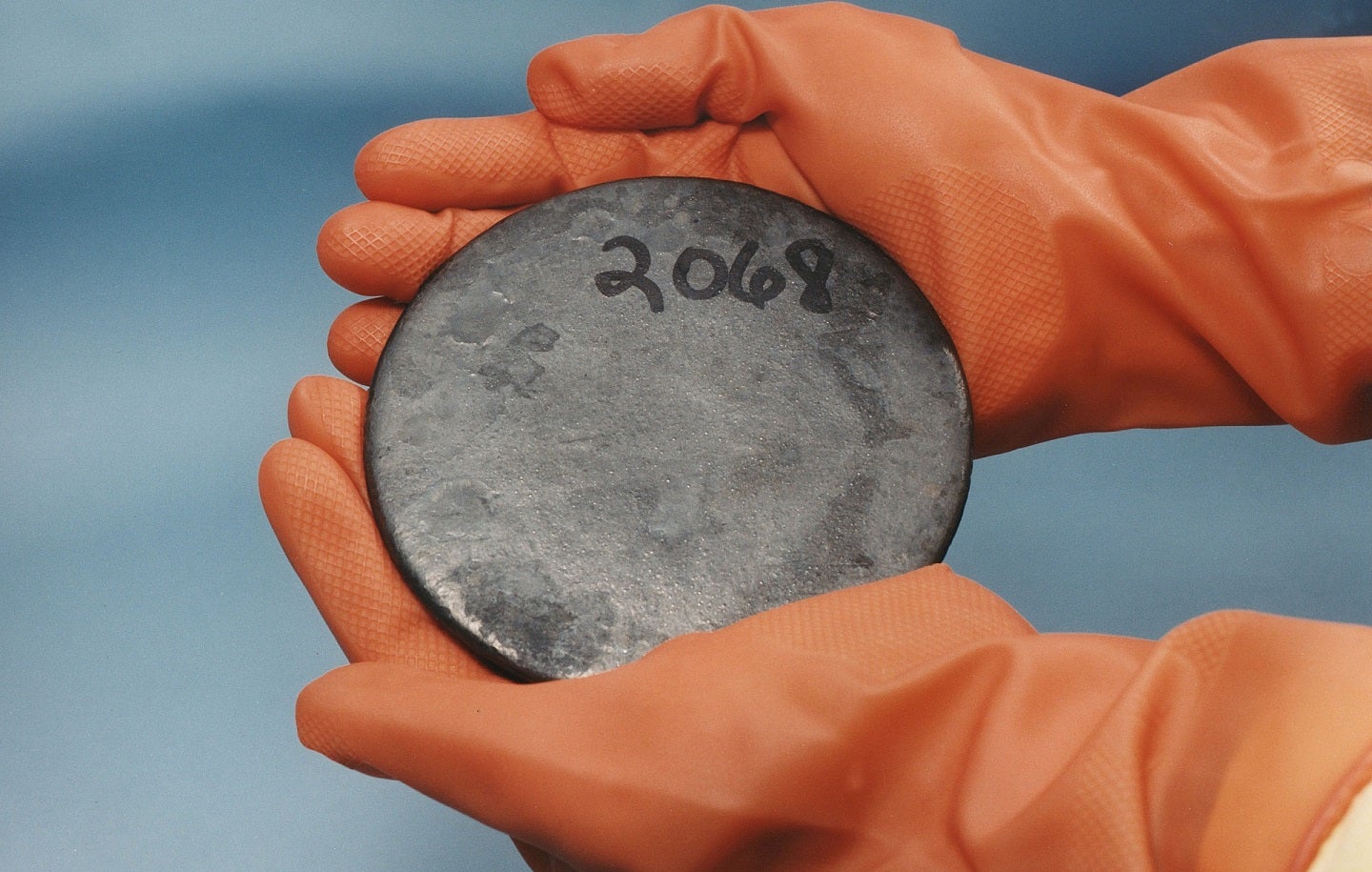Veolia Water Technologies’ mobile water treatment systems are a cost-effective and efficient alternative to fixed plants.
It’s no secret that mines require a regular supply of treated water for their operations.
But what happens when a fixed water treatment plant fails or goes out of commission for a time?
“Our mobile water technologies are pre-engineered and pre-packaged with the flexibility to have these units deployed quickly to support the needs of our customers,” Veolia Water Technologies business development manager for mobile water services Damon Good said.
“Once we have completed a water analysis at the customer’s site, we can start to discuss the right system for their needs.”
There are multiple reasons an operation might require a mobile water treatment solution from Veolia, but among all, there is the desire to reduce water levels in tailings dams.

“One example is a gold mining company from Queensland who reached out to us for support to harness the power of water management technology in order to optimise its operations,” Good said.
“That was quite a challenging period for the company because there had just been some really heavy rainfall, so the mobile system played a crucial role in regulating the tailings dam and reducing the water to prevent overflow.”
The fact that many Australian mine sites are located in remote corners of the country means it can be tricky to get large pieces of equipment – like a water plant – mobilised quickly.
Veolia’s mobile water systems help to address this tyranny of distance.
“A permanent structure can sometimes take a year or two to be fully operational,” Good said. “But you cannot wait that long if you are trying to solve a time-critical problem.
“In contrast, our mobile water technologies feature plug-and-play connections and are mounted on trailers, containers or skids so they can be set up and ready to run quickly.”
When it comes to technology evolution, Veolia is driven by the desire to help its customers optimise resource management for more sustainable and cost-effective solutions.
“We are moving towards a hybrid system approach,” Good said. “That means the units are not just capable of traditional water treatment methods but will also incorporate some newer cutting-edge techniques to enhance efficiency and effectiveness.
“All this adaptability ensures that a wide range of water quality issues can be addressed, from simple filtration to more complex contaminant removal processes.”
Veolia has also leveraged the Starlink communications network to enable remote access capabilities in its mobile water treatment systems.
“With satellite technology, we can access the systems from anywhere in the country with real-time monitoring,” Good said. “With this, we can make immediate adjustments and troubleshoot.”
By employing Veolia mobile water treatment equipment with remote access, sites can deploy the staff that would normally be monitoring the equipment elsewhere, saving time and money.
The technology is also making positive waves in the environmental management of mine sites.
“By ensuring consistent water supply for mineral processing and implementing dust control measures, our mobile water treatment systems can play a pivotal role in minimising the environmental footprint of mining activities,” Good said.
“Miners and their operations are growing every day, and we want to be able to assist them in not only growing their sites but also ensuring that we are being as sustainable as possible.”
Veolia has over 350 proprietary water and wastewater treatment technologies available, and the company takes pride in working with its customers to understand their requirements and goals.
“We have the back-up support, the technical know-how, and an extensive pool of global resources to call on for our customers,” Good said.
“If our mobile water treatment system is not the right fit for a customer, we can address their business needs by mapping it to the range of solutions that we offer.
“What Veolia does well is provide the expertise to ensure our customers are getting the best solutions to meet their objectives every time.”
This feature appeared in the October 2023 issue of Australian Mining.




